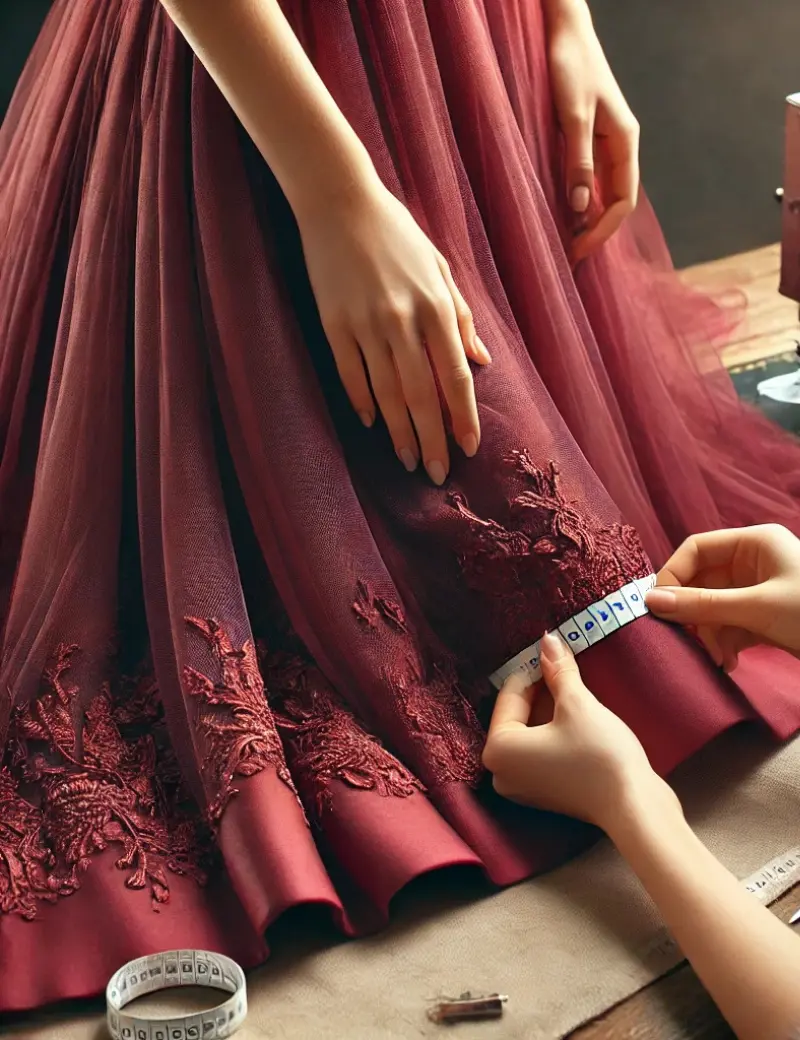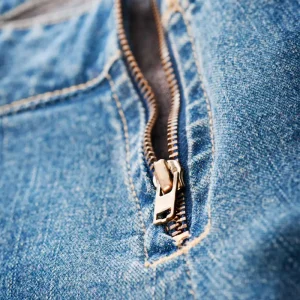No products in the cart.
Length Adjustment Services for Women’s Clothes
From ₹99.00
Length adjustments are an essential service to ensure your garments fit perfectly and flatter your body type. Whether it’s shortening a lehenga, adjusting the hem of a salwar kameez, or fixing the length of a saree blouse or kurti, we can help you achieve the ideal fit. By making these adjustments, you can elevate the comfort and style of your garments, ensuring they look polished and are wearable for any occasion.
Choose any of the below options tailored to your occasion.
Description
Length adjustments are an important aspect of tailoring women’s garments, ensuring they fit perfectly and look flattering on different body types. Whether it’s a saree, lehenga, salwar kameez, kurti, or Anarkali, adjusting the length of a garment can make all the difference in comfort and style. Here are some pointers on length adjustments for Indian women’s garments:
1. Saree Blouses:
- Shortening the Blouse Length: If the blouse feels too long or extends too far past the waist, the length can be shortened to make it more flattering. This is typically done by adjusting the side seams or simply removing excess fabric from the bottom.
- Lengthening the Blouse: If the blouse is too short, it can be lengthened by adding extra fabric or lace at the bottom. However, this depends on the design and whether there is enough seam allowance to allow for this adjustment.
- Fitting at the Bust: Often, a blouse needs to be adjusted not just in length, but also for bust fitting. Adjusting the bust darts or seams can help make the blouse sit properly and look more tailored to the body.
2. Lehenga Choli:
- Shortening the Lehenga: The length of the lehenga skirt should be adjusted based on your height and footwear. If the lehenga is too long and dragging, it can be shortened to a more manageable length. Shortening is done by adjusting the waist or side seams or removing the extra fabric from the hem.
- Lengthening the Lehenga: If the lehenga is too short, it can sometimes be lengthened by adding fabric to the hemline or waistband. This depends on the design and the fabric, and it’s best to consult with a tailor to ensure a seamless look when lengthening.
- Adjusting for Layers or Dupattas: For lehengas with multiple layers or frills, adjustments may be needed not just at the hem, but also at the layered sections to maintain symmetry and flow. Additionally, the length of the dupatta can be adjusted to complement the outfit.
3. Anarkali Suits:
- Shortening the Anarkali Length: Anarkalis are often floor-length, so if the length feels too long, the fabric can be taken up at the waist or skirt section. Shortening the length helps maintain the flare and elegance of the Anarkali without it dragging on the floor.
- Lengthening the Anarkali: If the Anarkali suit feels too short or you want more length to enhance the look, fabric can be added to the lower hemline, but this requires ensuring the added fabric matches the style and flow of the original piece.
- Maintaining the Flare: When adjusting the length, it’s essential to keep the natural flare of the Anarkali intact. A skilled tailor will make sure the flare isn’t lost, even when shortening or lengthening the garment.
4. Kurtis & Tunics:
- Shortening the Kurti: Sometimes, kurtis may be too long, especially for shorter women, causing the garment to look bulky or overwhelming. Shortening the kurti by a few inches can give a more streamlined, flattering look. Shortened kurtis can be given a neat hem or finished with decorative trim.
- Lengthening the Kurti: If the kurti feels too short, additional fabric can be added at the hem, or the length can be adjusted from the side seams. If the fabric allows, lace, embroidery, or fabric inserts can also be used to add length while keeping the design aesthetic intact.
- Adjusting for Fit: Sometimes, a kurti may not need a drastic length change, but a minor adjustment at the hemline can help in making it fit better, especially if it has side slits or a flared design.
5. Salwar Kameez:
- Shortening the Kameez Length: In a salwar kameez, the kameez (top) length can be adjusted if it feels too long, especially for shorter women. The length can be reduced by altering the side seams or simply cutting and hemming the bottom. A well-fitted kameez enhances the overall silhouette.
- Adjusting the Salwar Length: The salwar (bottom) length is equally important in ensuring the overall look is balanced. If the salwar is too long and dragging, it can be shortened by adjusting the waist or the hem of the salwar. This is especially important for styles like churidars, where the length should sit comfortably at the ankles.
- Length of Dupatta: The dupatta length in salwar kameez can also be adjusted to suit the wearer’s height and personal style. A too-long dupatta can be trimmed, while a short dupatta can be extended or replaced with a longer piece if desired.
6. Churidars and Leggings:
- Shortening Churidars: If the churidar is too long or bunching up at the ankles, it can be shortened to ensure a clean, crisp look that shows off the footwear properly. Since churidars are usually tightly fitted, shortening them can ensure they stay snug without excess fabric.
- Shortening Leggings: Leggings that are too long can be adjusted by simply trimming the excess fabric and re-hemming them for a sleek, modern fit. This adjustment is common with leggings worn under kurtis, tunics, or long shirts.
7. Saree Petticoats:
- Shortening the Petticoat: The petticoat is a crucial element of the saree look, and its length must match the wearer’s height and saree draping style. If the petticoat is too long, it can be shortened so it fits properly under the saree, allowing for a smoother drape.
- Lengthening the Petticoat: If the petticoat is too short, fabric can be added at the hemline. However, this should be done carefully to ensure that the extra fabric blends with the overall look and doesn’t disrupt the draping of the saree.
8. Fixing Shrinkage or Fabric Shrinkage:
- Account for Shrinkage: Certain fabrics like cotton, silk, and linen tend to shrink after washing. If a garment has shrunk, a length adjustment may be required to restore the original size. This might include re-stitching the hem or re-attaching fabric to the lower section of the garment.






